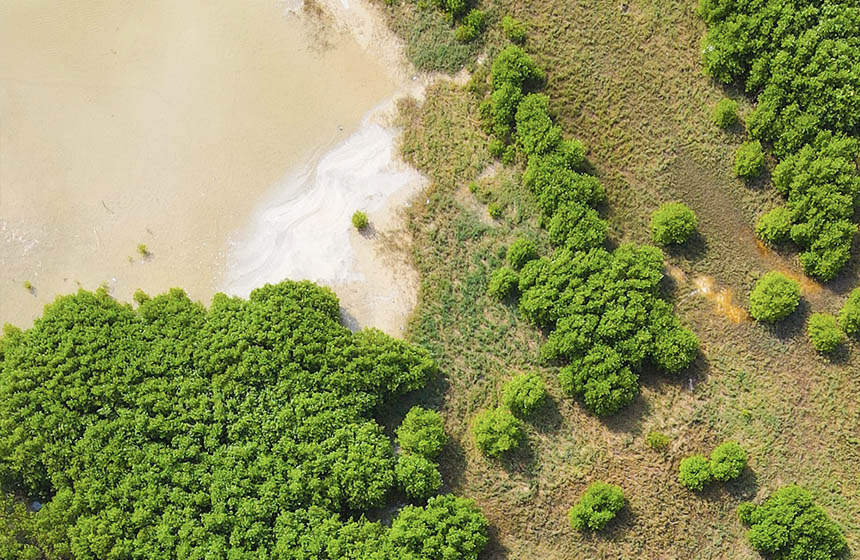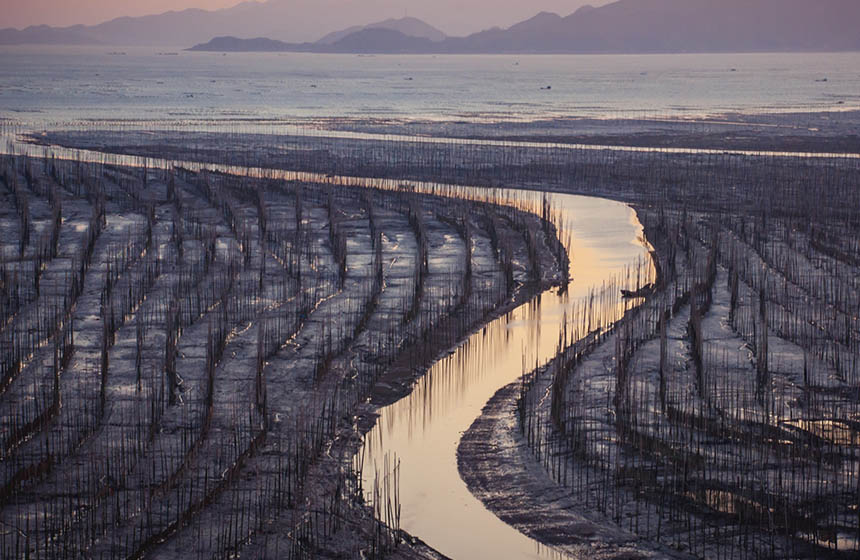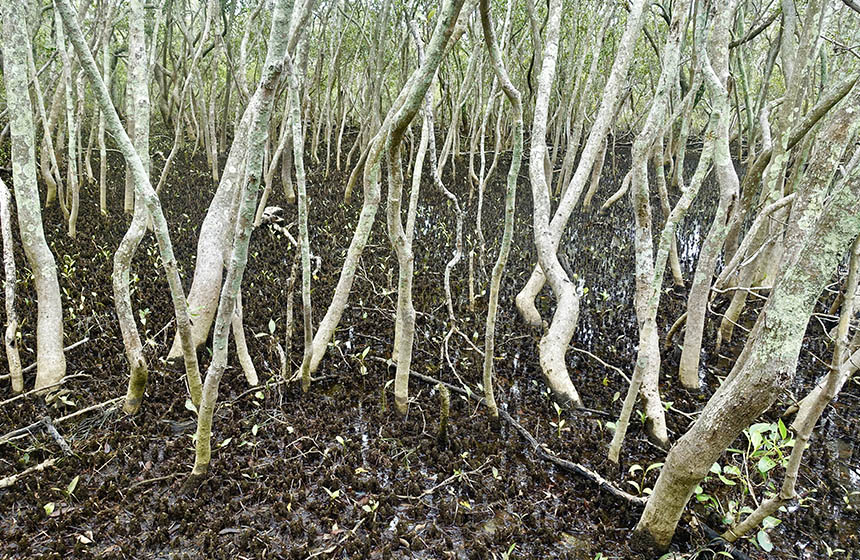Coastal mangrove forest restoration for carbon sequestration
The Vida Manglar projects works with local communities to restore and protect 11,000 hectares of mangrove forest along the Caribbean coast and takes into account the carbon sequestered both above and below the water.
Nature-based Intervention:
This project works alongside local 14 manglero communities to study and protect 11,000 hectares of mangrove forest on Colombia’s Caribbean coast. The project uses an innovative carbon financing mechanism and was reportedly the world’s first project to simultaneously calculate the carbon credits generated by both above and below water sequestration. The carbon revenues are then reinvested in the community in order to support sustainable livelihood developments and create alternative sources of income.
Overview of context and outcomes:
Mangrove forests are highly important for local communities, but farming, aquaculture, wood harvesting and urban development have all caused a decrease in mangrove forest cover. In Colombia specifically, hotel development and cattle ranching have been the largest factors driving the draining of mangrove forests. Th government had declared the Cispata’ Bay a marine protected area in 2006, but mangrove deforestation had continued in the area. Apple supported scientists in developing a simple, but effective methodology for calculating the amount of carbon stored in the soil caught by mangrove root systems.
Case effectiveness on
Climate change
During the period of 2015 to 2018 the program was reportedly able to issue credits equivalent to 67.000 tCO2e. It is reported that over 30 years the project will prevent the emission of approximately 1 million tCO2e.
The stability of these ecosystems is also reportedly recognized as important for protecting the community from coastal erosion, storm surge, and flooding caused by sea levels rise.
Ecosystem health
Ecological effect: PositiveThrough the protection of 11,000 hectares of mangroves and the restoration of 242 hectares of mangroves the project reportedly works to improve both habitat quality and habitat extent. The organizers of the project also picked 3 species to focus on investing resources into conserving within the mangrove ecosystems. These are the Caribbean manatee(Trichechus manatus), otter, and American crocodile (Crocodylus acutus). The project reportedly funds programs to support the breeding and release of manatees and crocodiles to support population density.
Socioeconomic outcomes
The mangrove ecosystems also reportedly act as key fish nursery that in turn can support the local community. These fish stocks support near shore fisheries which to support local fishermen in generating income and provide an important food supply. Through the program some community members reportedly received support in creating gardens and bee hives for the sale of products at the local market.
Governance
The project is a collaboration between Conservation International, Mangeleros Associations, the Ministry of Environment of Colombia, the Omacha Foundation, INVEMAR and the regional environmental authorities.
Finance
Funding for the project will be secured through the sale of carbon credits generated from above and below water carbon storage. The initial intervention as supported by Conservation International, with apple supporting in developing some monitoring technologies.
Monitoring and evaluation
The project reportedly has multiple types of monitoring in place such as species surveys, soil samples, and target species population monitoring. The 14 manglero communities have also agreed to assist in monitoring efforts.
Trade-offs and limitations
No information yet available on tradeoffs.

Intervention type
- Management
- Restoration
Conducted at landscape scale
Ecosystem type
- Mangroves
Climate change impacts addressed
- Coastal erosion
- Coastal inundation
- Storm surge
Instigators
- Community/self driven
- International conservation/environment organization
Societal challenges
- Biodiversity conservation
- Climate change adaptation
- Climate change mitigation
- Disaster risk reduction
- Economic and Social development
- Food security
Outcomes
- Food security: Positive
- Water security: Not reported
- Health: Not reported
- Local economics: Positive
- Livelihoods/goods/basic needs: Not reported
- Energy security: Not reported
- Disaster risk reduction: Positive
- Rights/empowerment/equality: Not reported
- Conflict and security: Positive
- No. developmental outcomes reported: 5
Resources
Read resource 1Read resource 2
Literature info
- Grey literature



